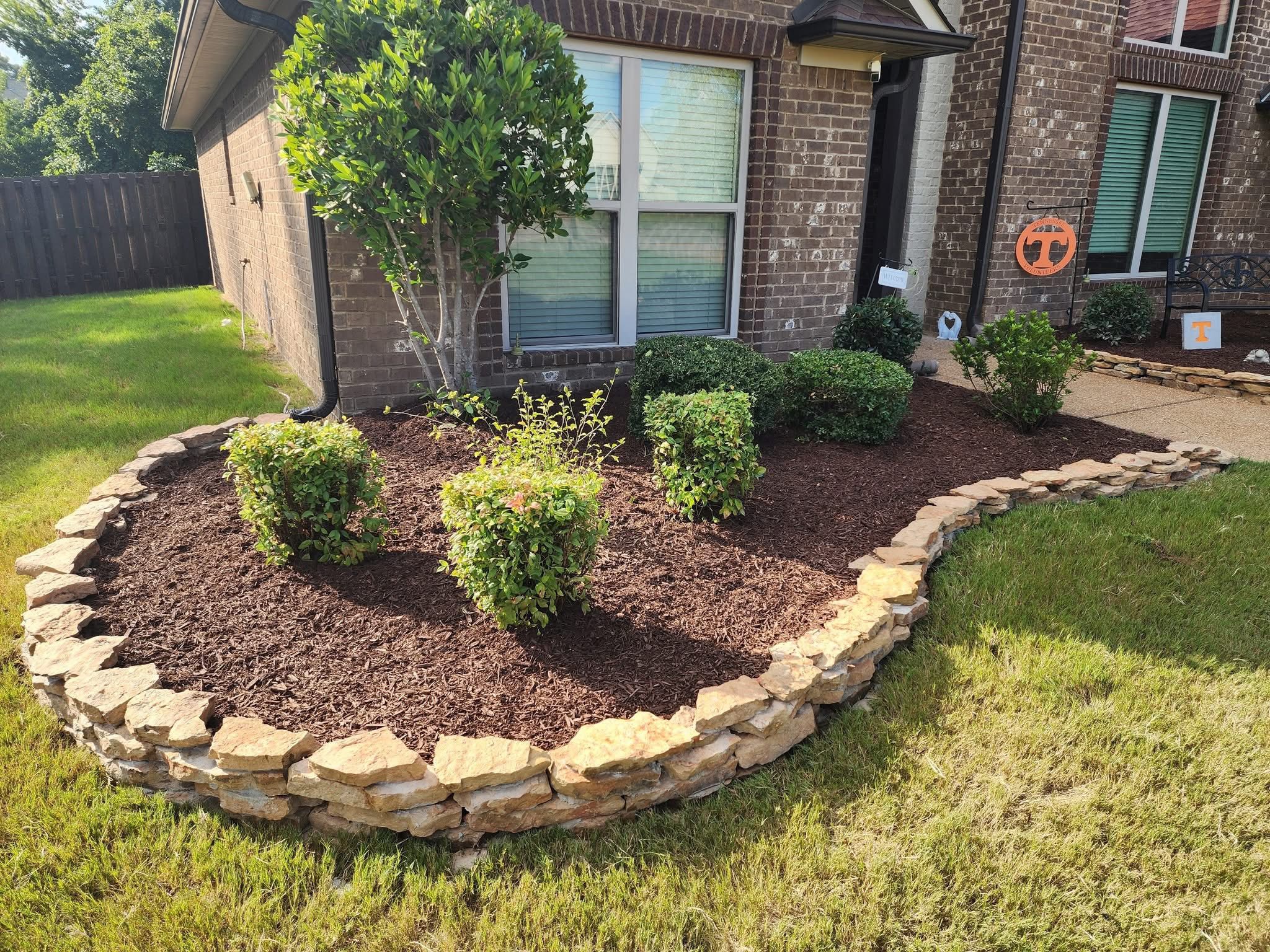
Top 5 Eco-Friendly Landscaping Ideas for Your Home Oct 12, 2025
First and foremost, consider planting native plants. These species are adapted to the local environment, meaning they require less water and fewer chemicals, such as fertilizers or pesticides, to thrive. Native plants are generally more resistant to local pests and diseases, reducing the need for interventions. This approach not only saves time and resources but also supports local wildlife by providing food and habitat for pollinators such as bees and butterflies.
Another innovative yet practical idea is to incorporate rain gardens into your landscape. Rain gardens are shallow, planted depressions designed to absorb rainwater runoff from roofs, driveways, and patios. By doing so, they help reduce erosion, filter pollutants from the runoff, and recharge the groundwater supply. When designing a rain garden, select water-tolerant native plants such as switchgrass or cardinal flower, which will flourish in these conditions.
The efficiency and resourcefulness of a xeriscaping approach can also be a game-changer for homeowners looking to conserve water. Xeriscaping involves designing landscapes that require minimal water, primarily through the use of drought-tolerant plants. By strategically zoning your yard into different water-use areas, you can significantly cut down on water usage, reducing your bills and your carbon footprint. Think succulents, cacti, or lavender for those dryer sections of your garden.
Reducing lawn size is another effective strategy in eco-friendly landscaping. Lawns, while visually appealing, are water-intensive and often require chemical treatments to maintain. Consider replacing part of your lawn with perennial flower beds, ground covers, or even a food garden. Not only will this reduce water and chemical use, but it will also add variety to your landscape, potentially providing fresh produce for your family.
Lastly, installing a drip irrigation system can drastically improve water efficiency. Unlike traditional sprinkling systems, drip irrigation delivers water directly to the base of the plant, reducing water loss due to evaporation or runoff. It's a smart choice for garden beds and allows for automated watering schedules, accommodating the specific needs of different plants.
Incorporating these eco-friendly landscaping ideas into your home garden can yield numerous benefits. Not only will your yard become more sustainable, but you'll also enjoy reduced utility bills, less maintenance, and an increase in biodiversity. At Kelso's Lawn Maintenance, we are committed to helping homeowners create landscapes that are as beautiful as they are responsible. By choosing environmentally conscious practices, you are contributing to the health of your local ecosystem and setting an example for others in your community.
Remember, making the transition to eco-friendly landscaping doesn't mean sacrificing beauty or functionality. Rather, it offers a way to reinvent your outdoor space in a way that is both pleasing to the eye and kind to the planet. Embrace these ideas and watch your garden flourish sustainably.
/filters:no_upscale()/filters:format(webp)/media/7e7f175c-b23f-4417-872e-08730e319075.jpeg)
/filters:no_upscale()/filters:format(webp)/media/f9241e1b-dea0-484d-aecd-1f9027e284fb.jpeg)